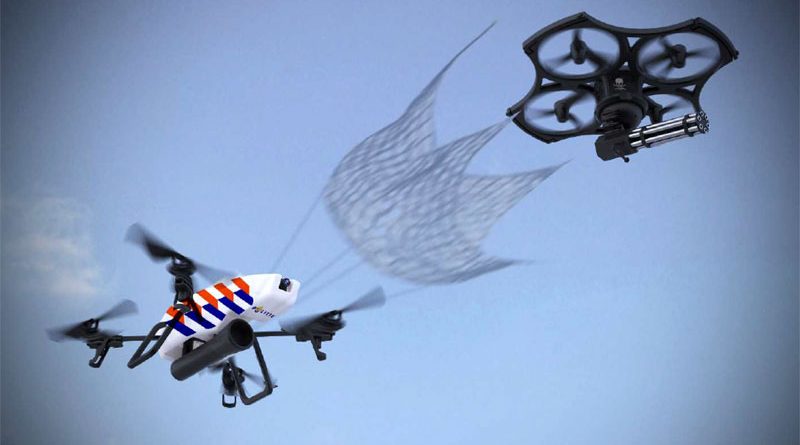The Growing Popularity of Commercial and Recreational Drones
Over the last decade, drones have become increasingly popular for both commercial and recreational use. Their versatility, ability to capture photos and video from new vantage points, and reasonably low price points have made them accessible to businesses and hobbyists alike. However, this rise in drones has also increased privacy and safety concerns for many.
Regulation Has Not Kept Pace with Drone Technology
While government agencies have established some basic rules and guidelines around drone use, the industry is still relatively unregulated compared to other aviation technologies. Drone capabilities continue advancing much more rapidly than laws can be written and enforced. As a result, situations with unauthorized or unsafe drone operation over private property and restricted areas have increased. This has spurred demand for counter-solutions.
Jamming Devices Interfere with Drone Communications
One of the earliest and most widespread Anti-Drone technologies involves jamming the radio frequencies used by drones to communicate and receive signals from their controllers. By emitting radio waves that disrupt the connections between the drone and its operator, jamming devices can force the aircraft to either land automatically via its programming or fly aimlessly if lost from its operator. However, radio jamming is illegal in many parts of the world due to risks of disruptions to other technologies sharing similar frequencies.
Net and Trap Systems Physically Capture Offending Drones
Other counter-drone tools seek to physically restrict or capture unauthorized aircraft. Net launchers fire nets to entangle propellers and wings, while trap systems guide drones into enclosed spaces using guidance lights or nets at openings. These solutions aim to safely recover drones for identification of their owners without damaging the aircraft. However, they require accurate targeting and timing to work effectively on agile mini-drones from a distance. The portability and set-up times of physical interdiction systems also limit their practicality in certain scenarios.
Laser-Based Countermeasures Aim to Safely Divert or Disrupt Drones
An innovative alternative is the use of lasers, which can guide or momentarily blind a drone from a distance without making physical contact. Dazzling or disturbing lasers create sensor interference to disorient an aircraft and cause it to divert from its course or altitude. Meanwhile, thermal lasers, if precisely aimed, can interfere with electronics to force the drone to land or lose control. These counter-drone lasers still involve challenges around regulations, portability, targeting accuracy, and variable drone materials affecting absorption. However, they may present a non-destructive solution in many situations.
Detection and Identification are Crucial First Steps
Underpinning the choice and effective use of any countermeasure is the ability to first detect and identify unauthorized or potentially threatening drones. Surveillance radar, audio detection arrays, and electro-optical/infrared cameras with zoom lenses can spot aircraft from far away even in low-light conditions. By analyzing flight characteristics, visual identification, or decoding onboard radio signals, specialized software then aims to distinguish cooperative commercial drones from any posing safety or security risks. With detected targets, countermeasures stand a better chance of responding appropriately and minimally.
The Debate Around Active Defences Will Continue
As the capabilities of both Anti-Drones and counter-drone systems improve rapidly, debate is ongoing around how and when active defences should be deployed. While protecting sensitive areas from intrusion, some argue for measured, targeted responses over opportunistic destruction. Others claim rights of self-defense on private property where authorities cannot respond fast enough. Overall, anti-drone solutions continue gaining adoption, driven by both protective needs and the creative development of new technical approaches to this evolving challenge. Precise regulation and policy coordination will remain vital in the years ahead to balance progress and public interests.
In summary, the growth of the commercial and hobby drone industry has enabled remarkable applications but also increased concerns around unauthorized and potentially risky operations. A variety of countermeasures utilizing radio jamming, physical capture, lasers, detection systems and more aim to provide measured solutions, though regulatory and technical challenges remain. With both drones and defenses set to continue advancing quickly, carefully defining appropriate usage and oversight will be crucial to maximize the benefits of these technologies while mitigating risks for all stakeholders.
*Note:
1. Source: Coherent Market Insights, Public sources, Desk research
2. We have leveraged AI tools to mine information and compile it



